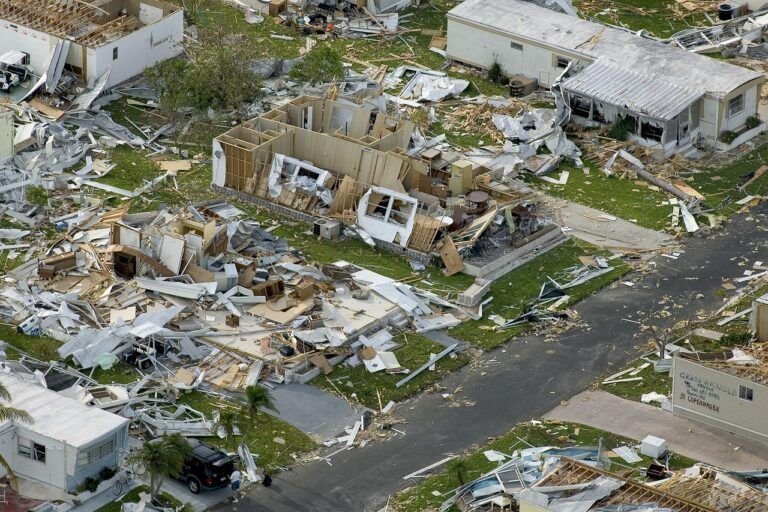According to a report by Bloomberg, the lucrative but controversial strategy of investing in catastrophe bonds is facing increased scrutiny following a recent event in Jamaica. These financial instruments, issued by insurers, reinsurers, and governments, are designed to provide an extra layer of disaster coverage. They have recently delivered substantial returns to investors—averaging 15% this year and 20% in 2023. However, Bloomberg reports that concerns are growing over whether the structure of these bonds unfairly favors investors at the expense of the issuers.
Catastrophe bonds, often referred to as “cat bonds,” are a type of insurance-linked security designed to transfer the risk of natural disasters from insurers or governments to investors in the capital markets. These bonds are typically issued by entities like insurance companies, reinsurers, or governments seeking additional financial protection against catastrophic events such as hurricanes, earthquakes, or floods.
When a cat bond is issued, investors purchase the bond, effectively providing capital that can be used if a specified disaster occurs. If the disaster meets certain predefined criteria—such as a particular intensity of a hurricane—the bond is “triggered,” and the investors lose some or all of their principal, which is used to cover the issuer’s losses. However, if the event does not occur or fails to meet the criteria, the investors receive attractive returns, often significantly higher than those from more traditional investments.
Cat bonds appeal to investors because they offer high returns and diversification, as the risks are generally uncorrelated with broader financial markets. However, as recent events in Jamaica show, the precise terms of these bonds can sometimes lead to outcomes where investors are protected while the issuing countries face severe challenges, raising questions about the fairness and effectiveness of these instruments.
The issue came to the forefront after Hurricane Beryl devastated Jamaica, leading to the entire island being declared a disaster area. Despite the widespread damage, Jamaica’s catastrophe bond was not triggered. Bloomberg notes that the bond’s specific terms—linked to precise air pressure measurements—meant that investors were protected from losses, even as the country faced significant devastation.
This outcome has sparked a debate within the Caribbean Community (Caricom), where leaders have expressed concern over the financial implications of such rigid structures. Jwala Rambarran, former governor of Trinidad and Tobago’s central bank, highlighted the need for a fairer balance between investor returns and the financial protections for countries at risk of catastrophic events, as reported by Bloomberg.
Jamaica’s $150 million catastrophe bond, arranged by the World Bank, replaced an earlier bond and came at a 60% higher cost per unit of coverage, Bloomberg reports. This reflects the increasing risks associated with climate change and rising reinsurance costs. The bond market, now valued at $47 billion, continues to grow as these factors drive demand for such instruments. Bloomberg highlights that the potential for high returns attracts investors, provided a specified disaster does not occur.
However, the narrow avoidance of a payout in Jamaica has led to calls for a review of the parameters that trigger these bonds. Critics argue that the increasingly rigid criteria protect investors at the expense of vulnerable nations. The Vulnerable Twenty Group (V20), which represents countries most exposed to climate change, has called for an overhaul of these triggers, urging that they be made more reliable and equitable, according to Bloomberg.
The World Bank, however, cautions that lowering the thresholds for payouts would increase the cost of these bonds, Bloomberg reports. This trade-off between coverage and cost remains a central issue in the ongoing debate over the future of catastrophe bonds.
Featured Image via Pixabay

